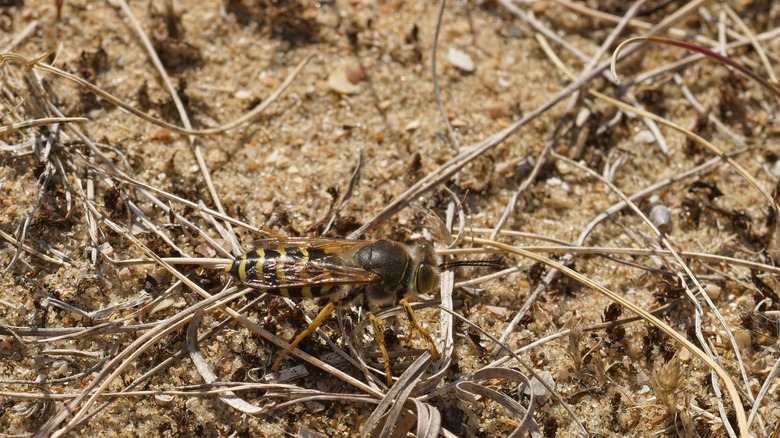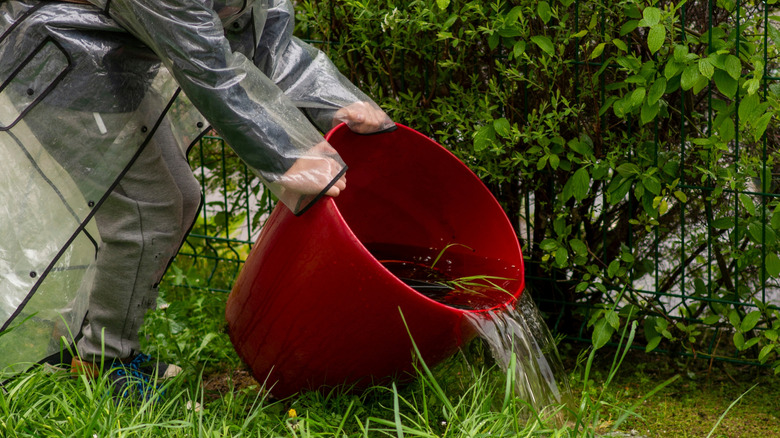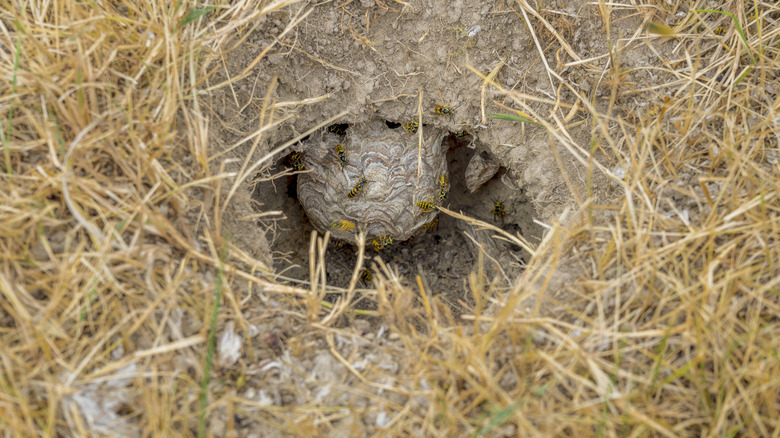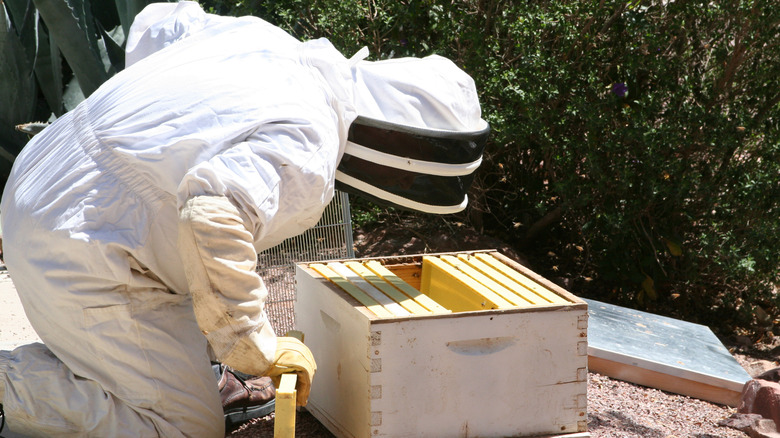Mistakes Everyone Makes When Dealing With Ground Wasps
Ground wasps are tiny terrors that seem to appear out of nowhere and ruin your summer. You're out mowing the lawn, enjoying the sun, when suddenly — BAM! A stinger to the leg and a painful realization: Ground wasps have made your yard their new home. These sneaky insects build their nests underground, and they don't take kindly to visitors. There are mistakes everyone makes when dealing with ground wasps, which could lead to you getting hurt –- or worse, facing a full-blown wasp war.
First, let's talk about where these little troublemakers come from and why they choose to invade your peaceful home. Ground wasps love to build their nests in cozy, underground hideouts. They are drawn to places with loose soil, abandoned rodent burrows, or even the shaded corners of your yard. Wasps are attracted to substances in the home and garden like sugary treats, garbage, and food scraps, making your outdoor picnics a magnet for them. During late summer, their colonies grow larger, making them more defensive and aggressive. If you've noticed more of them buzzing around, they're getting ready for winter and need extra energy.
However, they don't just hang around for free food. They are territorial and will defend their nests if threatened. That's why knowing how to deal with them safely is crucial. Dealing with ground wasps isn't as simple as grabbing the nearest can of bug spray. Mistakes like flooding the nest with water, using fire or gasoline, and wearing improper protective gear only set you up for failure.
Drowning them out
Some folks think they can outsmart wasps by flooding their nests with water. The idea is simple: drown the problem, right? Wrong. Here's the thing –- wasps are resilient little creatures, and their nests are more waterproof than you might expect. Dumping water on the nests fails to evict them and makes them angry. Now, instead of a quiet nest, you've got a swarm of furious wasps ready to sting anything that moves. Plus, flooding can damage your yard or garden, leaving you with soggy soil and more problems. It's a lose-lose situation.
Flooding fails because water doesn't travel deep enough to destroy the entire nest structure, which means the queen and her larval workers are still safe and sound underground. And let's not forget that ground wasps have multiple escape routes. When you pour water into one entrance, they will zip out through another and come after you.
If you're determined to get rid of pesky ground wasps, skip the waterworks. Instead, try using approved wasp sprays that can safely target the nest. Better yet, consider calling a professional. They have the tools, knowledge, and protective gear to handle the situation without putting themselves — or you — in danger.
Using non-traditional treatments
Using nontraditional treatments like fire, gasoline, or blunt objects is another rookie mistake. Setting a wasp nest on fire might sound like something you'd see in an action movie, but it's a disaster waiting to happen in real life. Wasps can fly out of the nest while it's burning, and guess what? They'll be angry and ready to sting. Plus, you risk starting a fire that's hard to control, especially if the nest is near dry grass or bushes.
Gasoline is another terrible idea. Pouring gas into a wasp's nest might seem like a quick fix, but it's dangerous and harmful to the environment. Gasoline contaminates the soil and can kill plants and beneficial insects. And let's not forget: it is flammable. One stray spark, and you've got a bigger problem than a wasp nest. Using blunt objects like baseball bats, metal stakes, or brooms to attack the nest is equally bad. Wasps are fast, and trying to smash the nest only provokes them, turning a manageable situation into a full-on wasp battle. If you really want to take matters into your own hands, try using this common kitchen staple that ground wasps can't stand to get rid of them.
Failing to wear protective clothing
If you're planning to fight ground wasps head-on, you'll need more than a long-sleeved shirt and gloves. Wasps can sting through thin fabrics and are great at finding exposed skin. Many people think they can just "suit up" with what they have at home, which leads to painful stings in places they didn't know were vulnerable.
A proper wasp-proof suit is thick, covers your entire body, and includes a face shield to protect your eyes and neck. But honestly, most of us don't have one lying around. Improvised gear, like scarves and makeshift helmets, might make you feel braver, but it won't stop an angry wasp from finding its way to your skin. And if you get stung multiple times, it could lead to a severe allergic reaction.
The bottom line? If you don't have professional-grade protective gear, don't even think about tackling a wasp nest yourself. Instead, call a pest control expert with the right equipment, and they will handle the job safely. Ground wasps are no joke; dealing with them requires the right tools and expertise.



